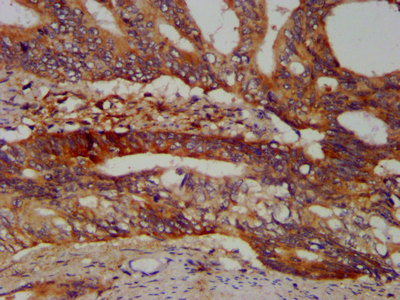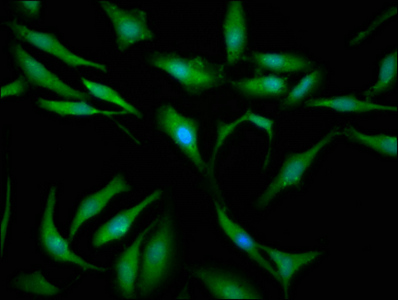Full Product Name
Rabbit anti-Homo sapiens (Human) SBDS Polyclonal antibody
Alternative Names
4733401P19Rik antibody; AI836084 antibody; CGI 97 antibody; CGI-97 antibody; FLJ10917 antibody; MGC105922 antibody; Protein 22A3 antibody; Ribosome maturation protein SBDS antibody; sbds antibody; SBDS_HUMAN antibody; SDS antibody; Shwachman Bodian Diamond syndrome protein antibody; Shwachman Bodian Diamond syndrome protein homolog antibody; Shwachman Bodian-Diamond syndrome antibody; Shwachman-Bodian-Diamond syndrome protein antibody; SWDS antibody
Immunogen
Recombinant Human Ribosome maturation protein SBDS protein (37-153AA)
Immunogen Species
Homo sapiens (Human)
Conjugate
Non-conjugated
The SBDS Antibody (Product code: CSB-PA897481LA01HU) is Non-conjugated. For SBDS Antibody with conjugates, please check the following table.
Available Conjugates
| Conjugate |
Product Code |
Product Name |
Application |
| HRP |
CSB-PA897481LB01HU |
SBDS Antibody, HRP conjugated |
ELISA |
| FITC |
CSB-PA897481LC01HU |
SBDS Antibody, FITC conjugated |
|
| Biotin |
CSB-PA897481LD01HU |
SBDS Antibody, Biotin conjugated |
ELISA |
Purification Method
>95%, Protein G purified
Concentration
It differs from different batches. Please contact us to confirm it.
Buffer
Preservative: 0.03% Proclin 300
Constituents: 50% Glycerol, 0.01M PBS, pH 7.4
Tested Applications
ELISA, IHC, IF
Recommended Dilution
| Application |
Recommended Dilution |
| IHC |
1:200-1:500 |
| IF |
1:50-1:200 |
Storage
Upon receipt, store at -20°C or -80°C. Avoid repeated freeze.
Lead Time
Basically, we can dispatch the products out in 1-3 working days after receiving your orders. Delivery time maybe differs from different purchasing way or location, please kindly consult your local distributors for specific delivery time.
Usage
For Research Use Only. Not for use in diagnostic or therapeutic procedures.








